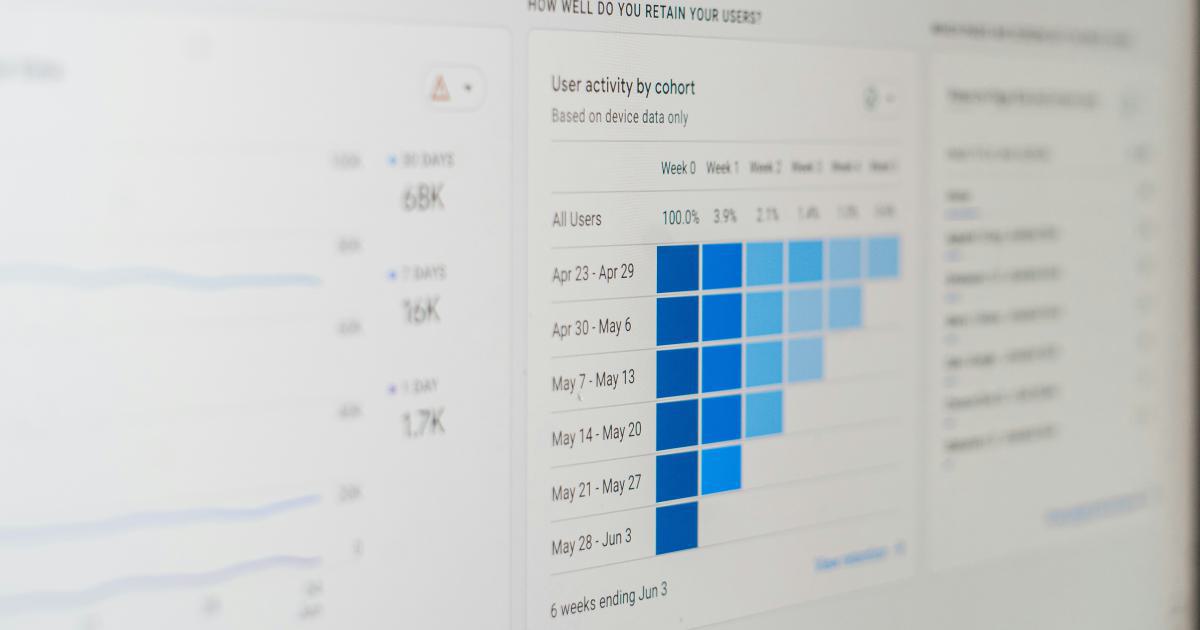Turbocharge SEO: 5 Link Acquisition Tactics


Introduction: The Power of Link Building
In the ever-evolving world of search engine optimization (SEO), link acquisition remains one of the most crucial and influential factors in driving organic traffic and improving search engine rankings. Building a robust backlink profile can significantly boost your website's authority, visibility, and credibility, ultimately leading to increased brand awareness and, most importantly, increased conversions.

While the importance of link building is widely recognized, navigating the complex landscape of link acquisition tactics can be daunting, especially for businesses and website owners new to the world of SEO. In this comprehensive article, we'll delve into five proven link acquisition tactics that can help you turbocharge your SEO efforts and drive long-term success.
Tactic 1: Guest Posting Outreach
Guest posting, or contributing content to relevant industry blogs and publications, is a time-honored and highly effective link acquisition strategy. By creating high-quality, informative articles for other reputable websites, you can not only earn valuable backlinks but also:
- Expand Your Reach: Guest posting allows you to tap into new audiences and showcase your expertise to a wider pool of potential customers or clients.
- Boost Brand Visibility: Having your byline and content featured on respected industry platforms can significantly enhance your brand's credibility and recognition.
- Establish Thought Leadership: Producing well-researched, insightful articles positions you as an authority in your field, further reinforcing your expertise.

To execute a successful guest posting campaign, follow these steps:
Identify Relevant Targets: Research industry-relevant blogs, publications, and websites that accept guest contributions. Look for sites with a strong domain authority and engaged readership.
Craft Compelling Pitches: Develop a list of unique, valuable article ideas that align with the target site's content and audience. Craft personalized pitches that highlight your expertise and the benefits of your proposed content.
Deliver High-Quality Content: If your pitch is accepted, ensure you deliver well-written, informative, and visually appealing articles that meet or exceed the target site's guidelines. Optimize your content for both search engines and human readers.
Nurture Relationships: Engage with the editors and community of the sites you've contributed to, commenting on other articles and sharing your content on social media. This can lead to future guest posting opportunities and other collaborative efforts.
Monitor and Analyze: Track the performance of your guest posts, including the referring traffic, engagement metrics, and any ranking improvements for your target keywords. Use this data to refine your guest posting strategy over time.
Tactic 2: Influencer Outreach and Partnerships
Leveraging the power of influencers can be a highly effective link acquisition tactic, as their endorsements and backlinks can carry significant weight with both search engines and their engaged audiences.

To successfully execute an influencer outreach campaign, follow these steps:
Identify Relevant Influencers: Research industry-specific influencers, bloggers, and thought leaders who align with your brand and have a strong, engaged following. Look for individuals with a high domain authority and a track record of successful collaborations.
Establish Genuine Relationships: Avoid the temptation to simply ask for a backlink. Instead, focus on building genuine relationships with your target influencers. Engage with their content, share their work, and offer valuable insights or collaboration ideas.
Propose Mutually Beneficial Partnerships: Once you've established a rapport, pitch collaborative opportunities that benefit both parties. This could include guest posting, product reviews, co-created content, or even cross-promotional campaigns.
Offer Value-Added Incentives: Depending on the influencer's preferences and your budget, consider offering value-added incentives, such as free products, exclusive discounts, or revenue-sharing arrangements, to incentivize their participation.
Measure and Optimize: Track the performance of your influencer partnerships, including the referring traffic, engagement metrics, and any ranking improvements for your target keywords. Use this data to refine your strategy and identify the most effective influencer collaborations.
Tactic 3: Broken Link Building
Broken link building, also known as "link reclamation," is a powerful tactic that involves identifying broken or outdated links on relevant websites and offering your own content as a replacement. This strategy not only earns you valuable backlinks but also helps website owners improve the user experience on their sites.

To execute a successful broken link building campaign, follow these steps:
Identify Relevant Websites: Use tools like Google Search Console, Ahrefs, or Majestic to find websites in your industry that are likely to have broken links. Focus on high-authority, industry-relevant sites with a strong domain profile.
Locate Broken Links: Scan the target websites for broken or outdated links using tools like Check My Links or Dead Link Checker. Make a note of the broken links and the pages on which they appear.
Create Replacement Content: Develop high-quality, relevant content that can serve as a replacement for the broken links you've identified. Ensure your content is more valuable and authoritative than the original.
Reach Out to Website Owners: Craft personalized outreach emails to the website owners, informing them of the broken links you've found and offering your replacement content as a solution. Emphasize the value your content can provide to their audience.
Follow Up and Monitor: Follow up with the website owners, and be prepared to provide additional information or revisions to your content. Once a link is replaced, monitor the performance of the new backlink and continue to build upon your relationship with the website owner.
Tactic 4: Leverage Existing Relationships
Leveraging your existing business relationships and networks can be a highly effective and often overlooked link acquisition strategy. By collaborating with partners, vendors, or industry peers, you can secure valuable backlinks that not only boost your SEO but also strengthen your overall business ecosystem.

To effectively leverage your existing relationships for link building, consider the following steps:
Identify Potential Partners: Compile a list of your current business partners, vendors, industry associations, or even complementary businesses that you have a positive relationship with.
Initiate Mutually Beneficial Discussions: Reach out to these contacts and discuss opportunities for collaboration, such as co-branded content, cross-promotional campaigns, or even dedicated partner pages on each other's websites.
Propose Link Exchange Agreements: Suggest a link exchange agreement, where you agree to feature their business on your website in exchange for a backlink on their site. Ensure the exchange is equitable and aligns with search engine best practices.
Create Collaborative Content: Explore opportunities to co-create content, such as joint industry reports, webinars, or resource guides. These collaborative efforts can result in multiple backlinks and increased exposure for both parties.
Nurture Ongoing Relationships: Maintain regular communication with your partners, actively engage with their content, and seek out new ways to collaborate. This can lead to more link building opportunities and strengthen your overall business relationships.
Tactic 5: Local Citations and Directory Listings
While link building often focuses on high-authority, industry-relevant websites, local citations and directory listings can also play a significant role in your overall link acquisition strategy, particularly for businesses with a strong local presence.

To effectively leverage local citations and directory listings for link building, follow these steps:
Identify Relevant Local Directories: Research industry-specific and general business directories that are relevant to your local market. Examples include Google My Business, Bing Places, Yelp, and industry-specific directories.
Optimize Your Business Listings: Ensure your business listings are complete, accurate, and consistent across all relevant directories. Include your company name, address, phone number, website, and other relevant information.
Encourage Customer Reviews: Actively encourage your satisfied customers to leave positive reviews on your directory listings. Positive reviews can not only improve your local search visibility but also contribute to the overall authority of your online presence.
Monitor and Update Listings: Regularly monitor your directory listings for any changes or updates, and take prompt action to address any inconsistencies or inaccuracies. This will help maintain the integrity of your local citations.
Explore Specialty Directories: In addition to general business directories, research and explore industry-specific or niche directories that are relevant to your business. These specialized listings can provide additional link building opportunities and help you reach more targeted audiences.
By incorporating these five proven link acquisition tactics into your overall SEO strategy, you can turbocharge your search engine visibility, drive more high-quality traffic to your website, and ultimately achieve sustainable business growth.
